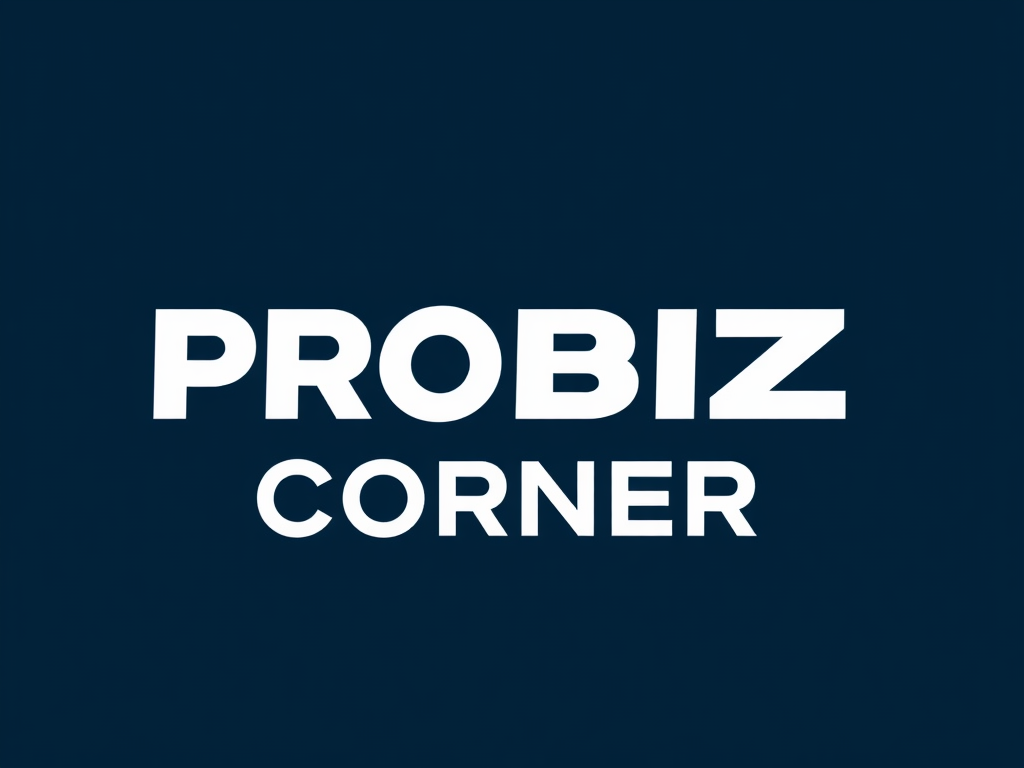Unlocking Team Synergy: Top Strategies for UK Managers to Boost Collaboration
In the fast-paced and ever-evolving business landscape of 2025, the success of any organization heavily relies on the effectiveness of its teams. Building team synergy is not just a buzzword; it is a crucial strategy that can elevate collaboration, productivity, and overall business performance. Here’s a comprehensive guide on how UK managers can unlock team synergy and boost collaboration within their teams.
The Importance of Team Synergy
Team synergy is more than just the sum of individual efforts; it is about creating an environment where team members work together seamlessly to achieve common goals. When teams are in synergy, they leverage each other’s strengths, mitigate weaknesses, and foster an innovative and productive work environment.
This might interest you : Top strategies for boosting workplace mental health awareness in the uk
“As a manager, I often ask my team members to collaborate because it reduces the workload and brings in varied perspectives,” notes a manager in an article on team dynamics. This approach not only enhances the quality of work but also boosts employee engagement and job satisfaction[2].
Aligning Strengths with Goals
One of the foundational strategies for building team synergy is to align each team member’s strengths with the team’s objectives. This approach ensures that every member is working on tasks that they are best suited for, leading to higher engagement and better quality work.
Also read : Enhancing diversity and inclusion: a guide for uk organizations to evaluate and elevate their efforts
Action Steps:
- Use Tools to Identify Skills: Utilize tools like CliftonStrengths to identify the unique skills and strengths of each team member.
- Assign Tasks Wisely: Assign tasks that align with each team member’s abilities, ensuring they are working on what they do best.
- Regular Role Reviews: Regularly review roles to ensure they remain aligned with the team’s objectives and goals[1].
Leveraging Diversity
Diverse teams are proven to perform better due to the varied perspectives and experiences they bring to the table. Embracing diversity is not just about hiring people from different backgrounds; it is also about creating an inclusive culture where everyone feels valued.
Tips for Embracing Diversity:
- Build Diverse Teams: Construct teams with varied backgrounds, skills, and experiences.
- Promote Inclusive Culture: Foster an inclusive culture where every team member feels valued and respected.
- Diversity Training: Offer diversity training to help team members appreciate different perspectives and work effectively together[1].
Prioritizing Communication
Effective communication is the backbone of any successful team. Miscommunication can lead to misunderstandings, delays, and a lack of trust among team members.
Effective Communication Tips:
- Use Collaborative Tools: Utilize tools like Slack or Microsoft Teams to facilitate real-time communication and information sharing.
- Regular Check-ins: Hold regular check-ins to discuss progress, challenges, and feedback.
- Open Dialogue: Encourage open dialogue and provide constructive feedback to ensure everyone is on the same page[1][2][4].
Fostering Trust and Transparency
Trust is the glue that holds teams together. When team members trust their leaders and peers, collaboration flourishes, and conflicts diminish.
Building Trust:
- Be Transparent: Be transparent about decisions and updates to keep everyone informed.
- Lead by Example: Deliver on promises and lead by example to build mutual respect.
- Recognize Contributions: Recognize and reward contributions to build trust and respect among team members[1][2][4].
Encouraging Innovation
Innovation is key to staying ahead in today’s competitive business environment. Encouraging innovation within your team can lead to creative solutions and new ideas.
How to Spark Innovation:
- Allocate Time for Brainstorming: Allocate time for brainstorming and prototyping to encourage creative thinking.
- Reward Creative Ideas: Reward creative ideas, even if they don’t pan out, to foster a culture of experimentation.
- Foster Curiosity: Encourage curiosity and a willingness to try new things[1].
Recognizing and Rewarding Achievements
Recognition is a powerful motivator that can significantly boost employee engagement and productivity.
Tips for Effective Recognition:
- Celebrate Team Wins: Celebrate team wins during meetings or via email shout-outs.
- Implement Reward Systems: Implement reward systems like bonuses or extra days off.
- Tailor Recognition: Tailor recognition to individual preferences, whether it’s public praise or private acknowledgment[1].
Understanding Your Team
To build effective team synergy, it is crucial to understand your team members on a deeper level.
Why It Matters:
- Leverage Individual Strengths: Recognizing individual differences allows you to leverage each person’s strengths and foster mutual respect.
- Align Tasks: Align tasks with the right people to build trust and reduce potential conflicts[2].
Action Steps:
- Use Personality Assessments: Use tools like personality assessments or regular one-on-one meetings to understand team members’ strengths, working styles, and motivations.
- Clear Roles and Responsibilities: Clearly outline who is responsible for which task to establish expectations and reduce confusion[2].
Clear Communication and Group Norms
Clear communication and well-defined group norms are essential for effective team collaboration.
Establishing Communication Channels:
- Set a Communication Plan: Establish where and how the team should communicate to lower the barrier to communication.
- Prioritize Two-Way Communication: Encourage active listening and ensure that communication is a two-way effort[4].
Setting Group Norms:
- Proactively Set Norms: Set group norms intentionally to guide how team members interact and reduce guesswork and uncertainty.
- Lead by Example: Model the behavior you want to see in your team by inviting co-creation and welcoming new opinions[4].
Role of Leadership in Promoting Team Synergy
Leadership plays a critical role in fostering collaboration and building team synergy.
Key Leadership Traits:
- Set Clear Goals: Set clear goals and build trust by facilitating open communication.
- Demonstrate Commitment: Demonstrate a commitment to collaboration by leading by example and actively participating in collaborative efforts.
- Provide Necessary Resources: Ensure that the team has access to the tools and technologies they need to collaborate effectively[3][4].
Effective Team Management Habits
Effective team management is about more than just assigning tasks; it involves creating a positive work environment and fostering collaboration.
Essential Habits:
- Communicate Directly and Transparently: Ensure clear, transparent communication to avoid misunderstandings and build trust.
- Offer a Clear Vision: Provide a clear vision to give a common purpose and motivate employees.
- Encourage Collaboration: Foster a collaborative culture to maximize individual talents and achieve more creative and effective solutions[5].
Addressing Challenges and Problem Solving
No team is immune to challenges and conflicts. How these are addressed can significantly impact team synergy.
Quick Problem Resolution:
- Identify and Address Problems: Quickly identify challenges and address them proactively to prevent tensions from building up.
- Constructive Feedback: Provide regular constructive feedback to help employees adjust their approach and improve performance[5].
Practical Insights and Actionable Advice
Here are some practical insights and actionable advice to help you build team synergy:
Example: Cross-Functional Collaboration
- Interdepartmental Meetings: Hold regular interdepartmental meetings to share insights, discuss challenges, and align strategies between different teams, such as sales and customer success teams[3].
Example: Team Building Activities
- Team Meetings and Activities: Hold team meetings and incorporate team-building activities to strengthen cohesion and encourage collaboration among team members[5].
Table: Comparing Key Strategies for Building Team Synergy
| Strategy | Description | Benefits |
|---|---|---|
| Align Strengths with Goals | Use tools to identify individual skills and assign tasks accordingly. | Higher engagement, better quality work. |
| Leverage Diversity | Build diverse teams and foster an inclusive culture. | Innovative solutions, better performance. |
| Prioritize Communication | Use collaborative tools and hold regular check-ins. | Reduced misunderstandings, improved trust. |
| Foster Trust and Transparency | Be transparent, lead by example, and recognize contributions. | Increased trust, collaboration, and respect. |
| Encourage Innovation | Allocate time for brainstorming and reward creative ideas. | Creative solutions, competitive advantage. |
| Recognize and Reward Achievements | Celebrate team wins and implement reward systems. | Boosted employee engagement and productivity. |
| Understand Your Team | Use personality assessments and one-on-one meetings. | Leveraged individual strengths, reduced conflicts. |
| Clear Communication and Group Norms | Establish communication channels and set group norms. | Improved collaboration, reduced uncertainty. |
| Role of Leadership | Set clear goals, demonstrate commitment, and provide resources. | Fosters collaboration, builds trust. |
| Effective Team Management | Communicate transparently, offer a clear vision, and encourage collaboration. | Positive work environment, maximized talents. |
Quotes and Anecdotes
-
“Team synergy focuses on the ‘doing the work’ part of diversity. In order to achieve team synergy, you can’t just have a diverse team, you also need to empower collaboration and communication between team members to build something amazing together,” notes an article on team synergy[4].
-
“As a manager, I used to struggle before but then I took a step back and tried to understand the team and their working style. It helped me a lot with the assistance of tools like personality assessments or regular one-on-one meetings,” shares a manager on understanding team dynamics[2].
Building team synergy is a multifaceted approach that requires careful attention to several key strategies. By aligning strengths with goals, leveraging diversity, prioritizing communication, fostering trust and transparency, encouraging innovation, recognizing achievements, and understanding your team, you can create a collaborative and productive work environment.
Leadership plays a pivotal role in promoting team synergy by setting clear goals, demonstrating commitment, and providing the necessary resources. Effective team management habits such as clear communication, a clear vision, and encouragement of collaboration are also crucial.
By implementing these strategies and maintaining a positive and inclusive team culture, UK managers can unlock the full potential of their teams and drive business success in 2025 and beyond. Remember, team synergy is not just about working together; it’s about working together effectively to achieve something greater than the sum of individual efforts.











